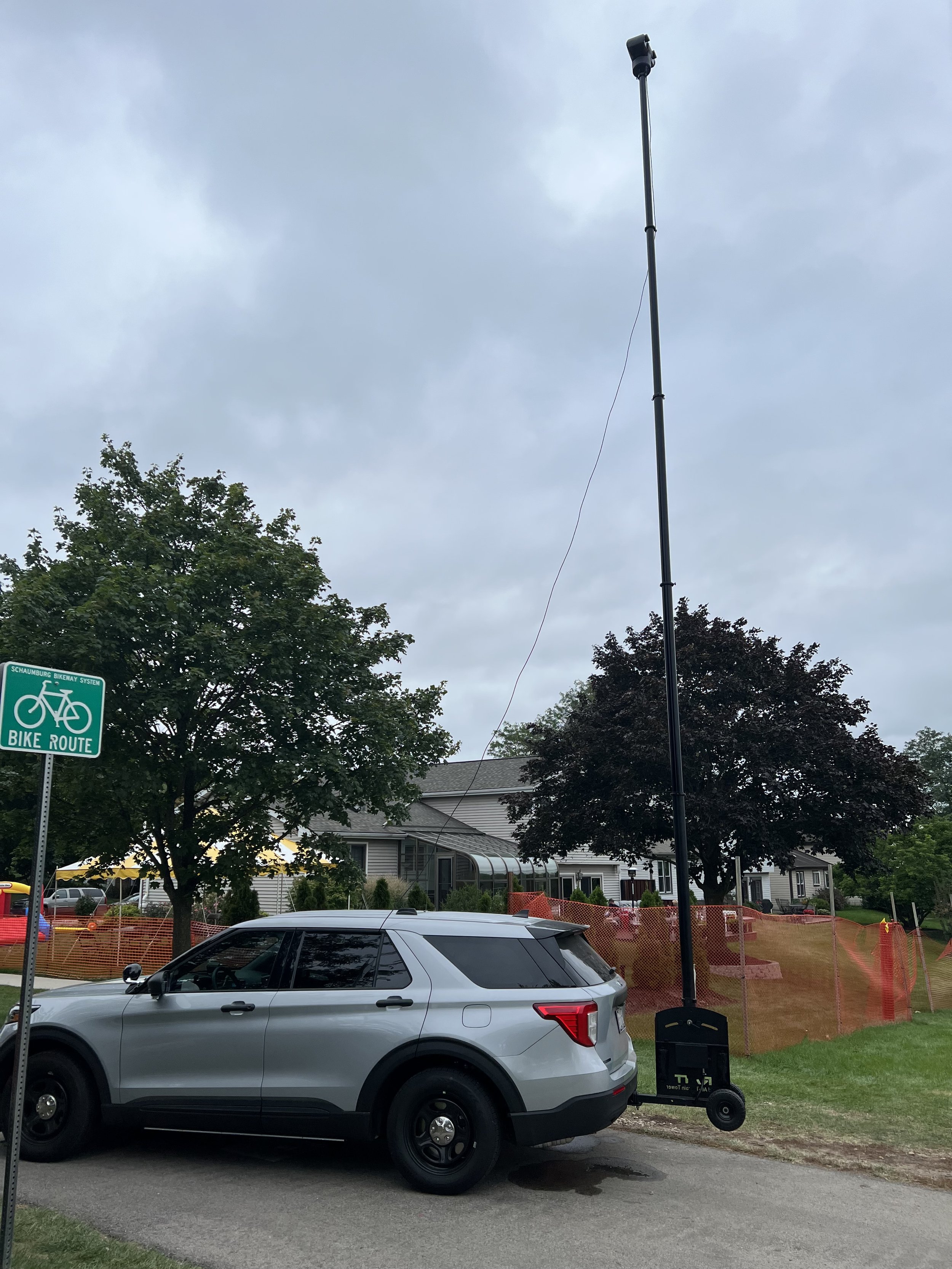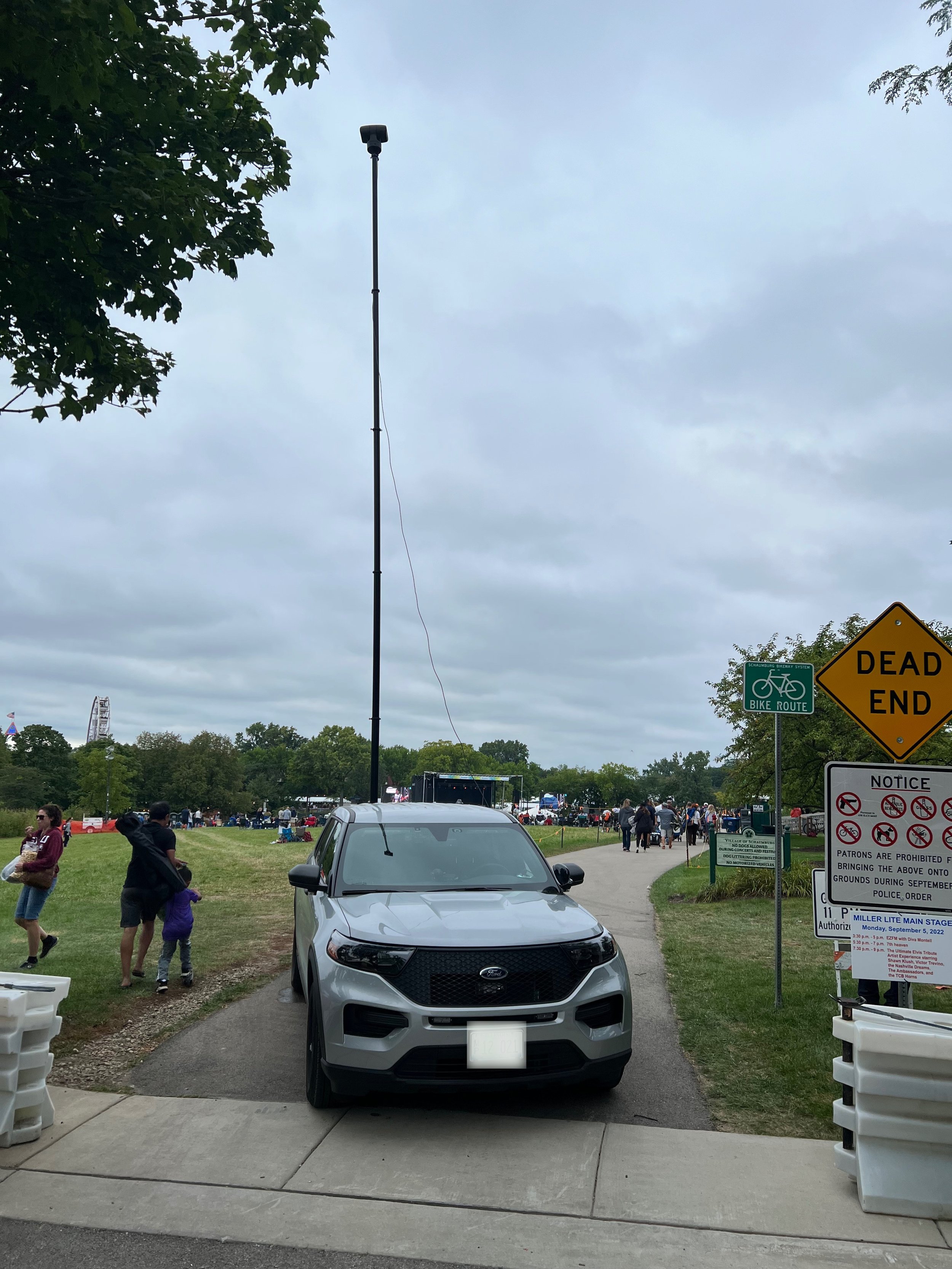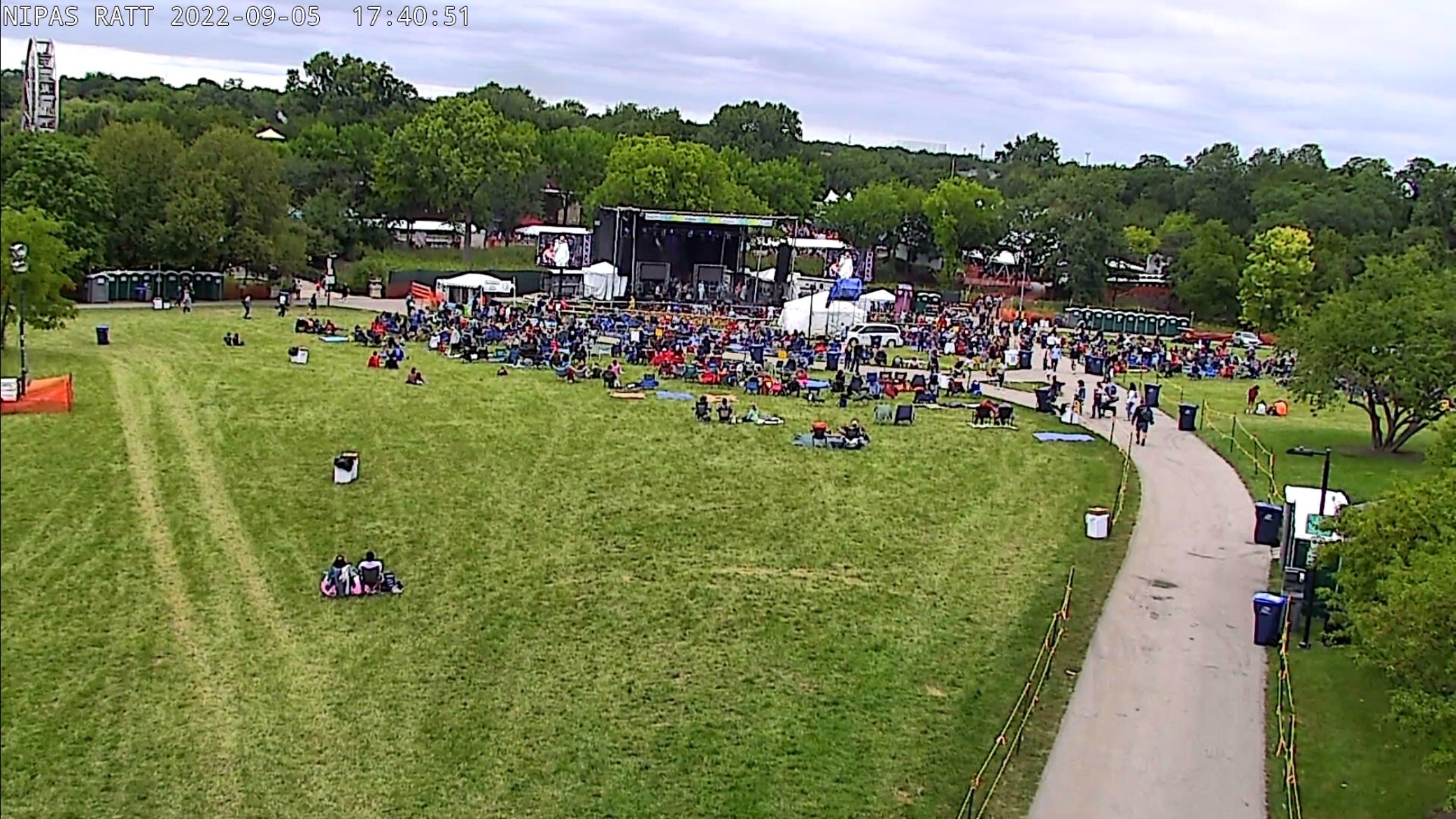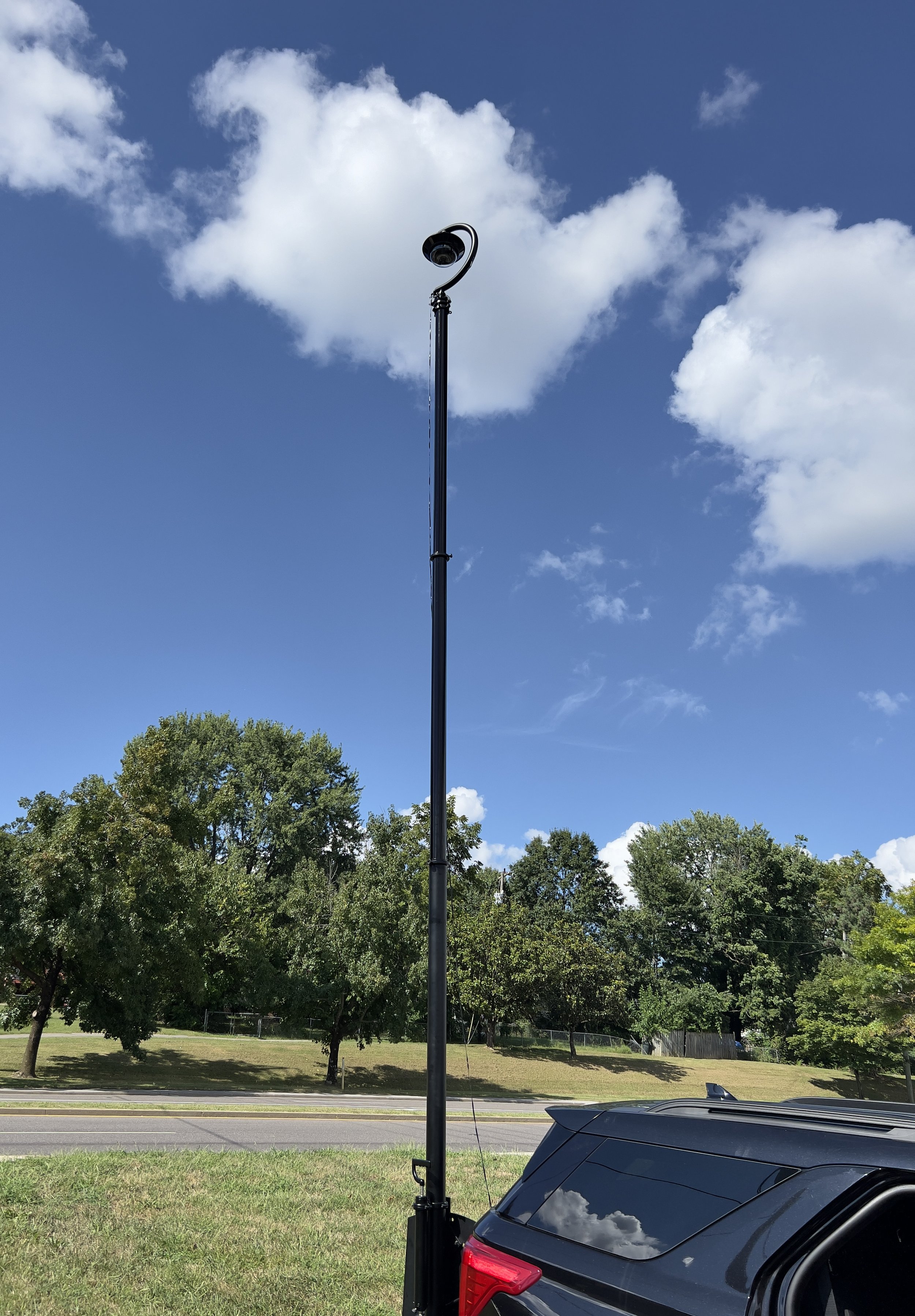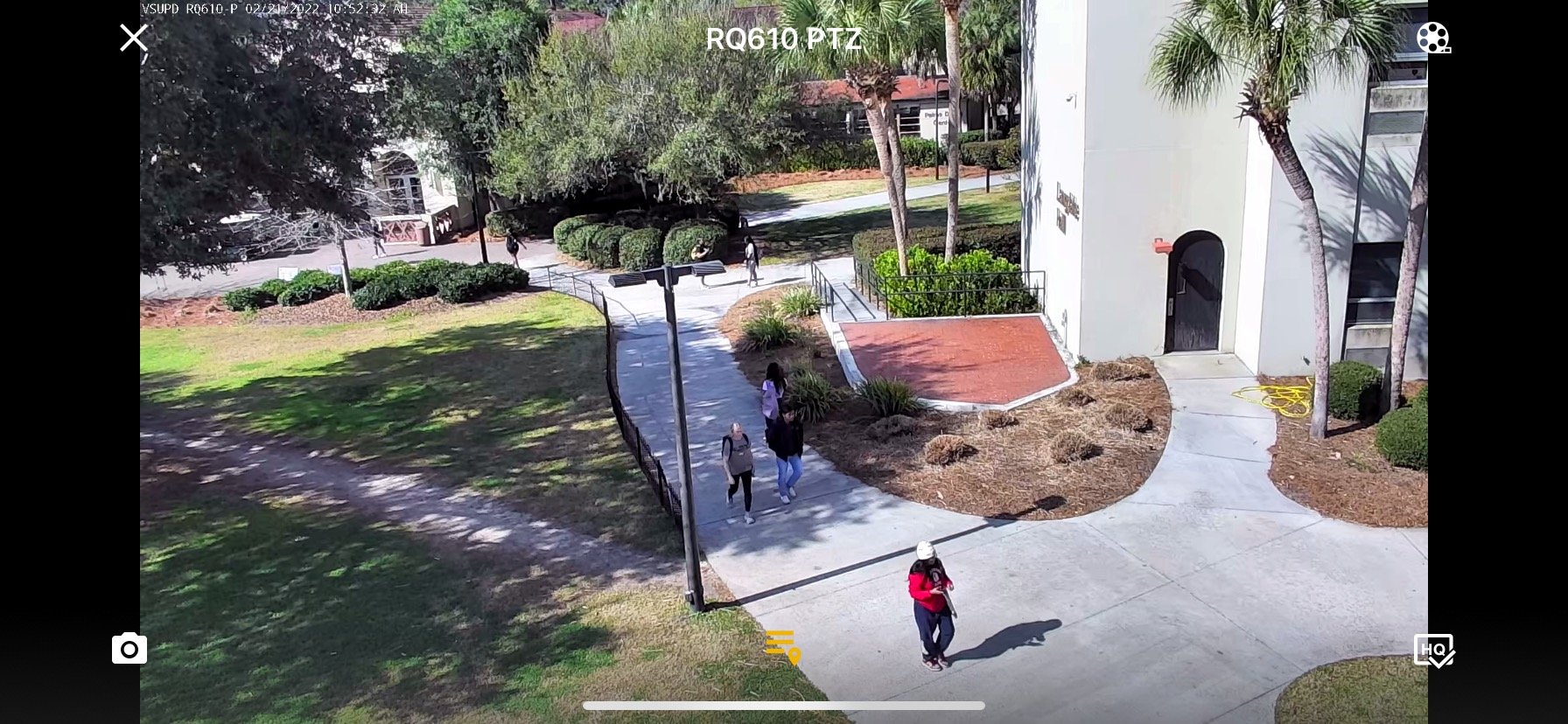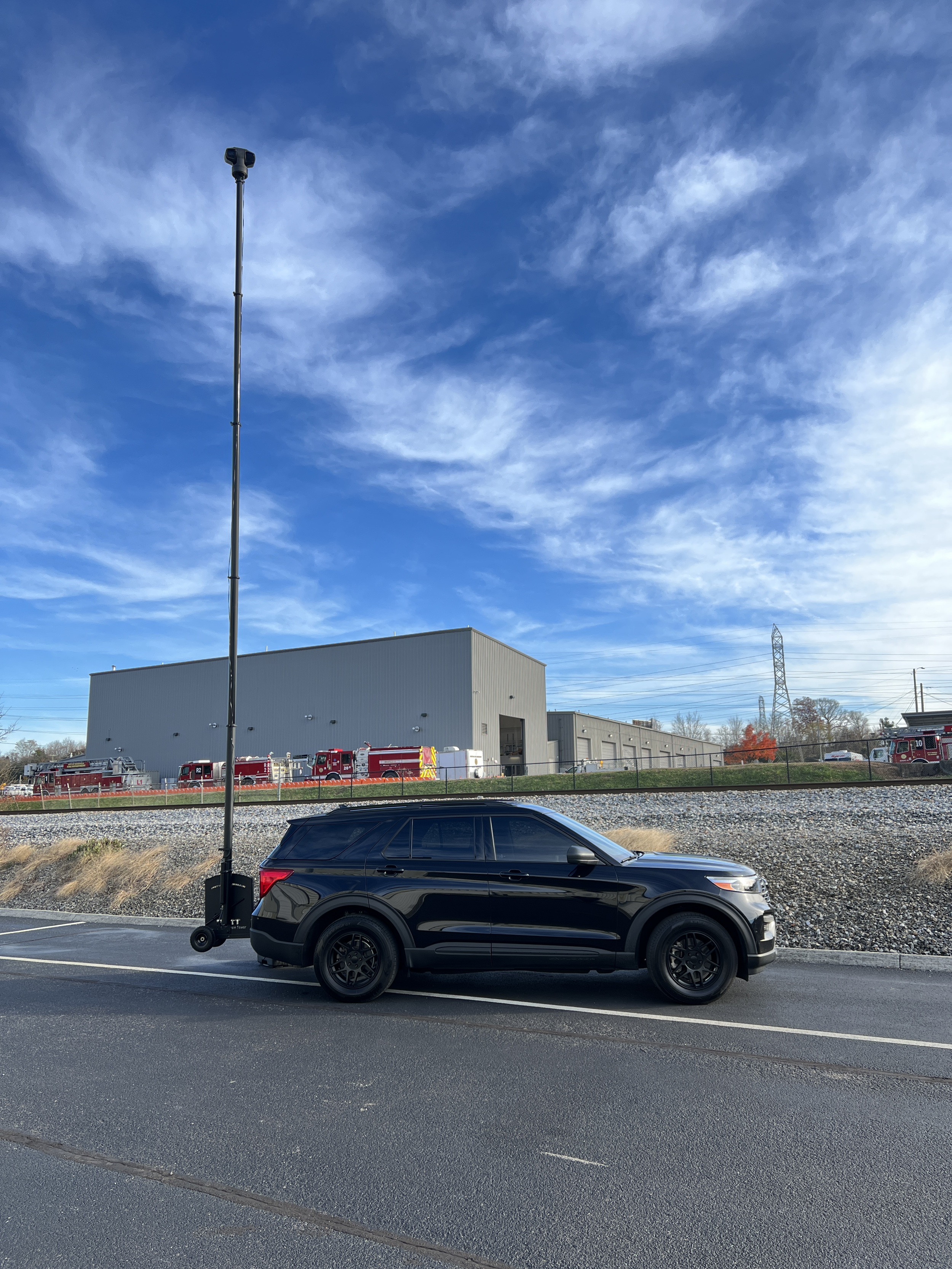To Protect And Serve: 6 Law Enforcement Surveillance Strategies
If you are in law enforcement, you’re probably highly aware of the recent spike in violent crimes.
Law enforcement surveillance is key to fighting both violent and non-violent crimes.
Law enforcement is continually refining its surveillance methods to be more comprehensive. If you wish to optimize your department’s surveillance techniques, you need to know about all of the current options.
In this article, we cover six different law enforcement surveillance methods that are used today. Keep reading to find out what they are, as well as their different uses.
1. Surveillance Cameras
One of the most widespread law enforcement monitoring technologies is surveillance cameras. These are typically IP-based CCTV cameras designed to be visible to the public.
Overt surveillance cameras provide valuable data to law enforcement agencies, and can also deter crime. According to research, the presence of visible surveillance cameras can deter crime in parking areas by up to 51%. Public transport systems were also shown to see a 23% crime reduction rate.
This potential reduction in crime is a valuable metric to consider. Comprehensive surveillance camera systems are expensive to install; however, they can provide measurable results without increasing manpower in the field.
Be aware, though, overt surveillance does not achieve crime deterrence in all environments. Research shows them to be most effective for parking lots and public transport. Their effectiveness at deterring crime drops in areas such as town centers.
2. Hidden Surveillance
In some areas, it can be advantageous for law enforcement surveillance to go unnoticed. Here, law enforcement agencies often rely on hidden surveillance cameras.
Hidden surveillance cameras are not used for crime deterrence; instead, their value lies in gathering video footage to be used as evidence.
Police can also utilize this data for tracking criminal activity. This is particularly useful where immediate intervention or deterrence is counterproductive to apprehension.
3. Mobile Surveillance
Another powerful law enforcement monitoring strategy is mobile video surveillance. There are numerous benefits of mobile surveillance units.
Agencies can use mobile surveillance solutions to fill blind spots or coverage gaps in fixed systems. Mobile surveillance units can also be deployed to provide fast, wide-scale coverage of large areas. Agencies can carry out immediate deployment and instantly monitor high crime areas.
Mobile surveillance units can also deploy in remote areas.
Thanks to their high visibility, mobile surveillance units (MSUs) can act as an effective crime deterrent in the right locations. Their size and high-tech nature can make them look intimidating.
MSUs also conserve officer resources and do a great job of data collection.
Along with these benefits, MSUs are easily deployable and do not require electricity. Most of them utilize solar power, and modern MSUs can also live stream data to any location.
Some MSUs, The RATT for example, can be hooked to any vehicle capable of towing a trailer or with a simple 2x2” hitch receiver. Some also come with telescopic mast systems which allow for wide-scale camera coverage.
4. Drone Monitoring
Another monitoring method that’s becoming increasingly widespread is drone surveillance. Like MSUs, drone surveillance holds various advantages for law enforcement, thanks to its mobile nature.
Drones can be deployed on an as-needed basis. This can decrease costs and facilitates on-the-go surveillance. They can provide valuable records and information by aerially documenting situations and areas.
Drones can enhance police performance and provide vast stores of hard evidence.
At the same time, drone technology does come with a few drawbacks.
One of these is the battery life of non-tethered drones. At present, drone battery life is limited to under 60 minutes. MSUs, on the other hand, can yield round-the-clock surveillance.
5. Drone Detection Technology
While law enforcement units deploy their own drones for monitoring purposes, they also need to survey the skies for unauthorized civilian drone use.
The US is currently experiencing a rise in the use of drones for criminal activity. Drones have been used for malicious property damage, as well as drug smuggling purposes.
Drones are notoriously difficult to detect; however, technological advancements have now made effective surveillance and monitoring of drones possible.
Through the use of drone detection technology and mast systems, police departments can now monitor areas for illegal drone activity.
6. Thermal Cameras
In situations where adverse weather, lighting, or terrain obscures the view of regular surveillance camera equipment, some departments utilize thermal camera surveillance systems.
These systems leverage thermal imaging, which can track suspects’ movement through snow, rain, foliage, and woodland. Through the use of thermal imaging, police officers can observe suspects from a distance, even in the lowest of lighting.
For these types of operations, thermal cameras are often mounted onto telescopic masts. Once elevated, they can survey a wide area, as they do not rely on lighting and only receive heat energy.
Do You Need to Strengthen Your Department’s Law Enforcement Surveillance Techniques?
Surveillance can be a controversial topic with the public, but there’s no denying it’s also a vital component to modern day crime-fighting.
Law enforcement surveillance technologies are improving all the time; therefore, it’s essential to keep up with what’s available.
Does your department have the surveillance solutions it needs? Does it need to supplement its surveillance strategy? If yes, one of the most effective ways to do so is by investing in mobile surveillance.
As mentioned above, mobile surveillance options give departments a flexible way to fill gaps in their coverage. You can also use them for deterrent purposes, collecting valuable data, and monitoring large areas.
If you’re searching for a versatile mobile surveillance solution, then you need to look into The RATT. The RATT’s telescopic mast system allows officers to raise cameras over 30 feet within 5 minutes.
What’s more, The RATT can be deployed on various terrains and connected to any vehicle with a 2×2” hitch receiver.
If The RATT is the solution your department needs, contact us for more information today.

